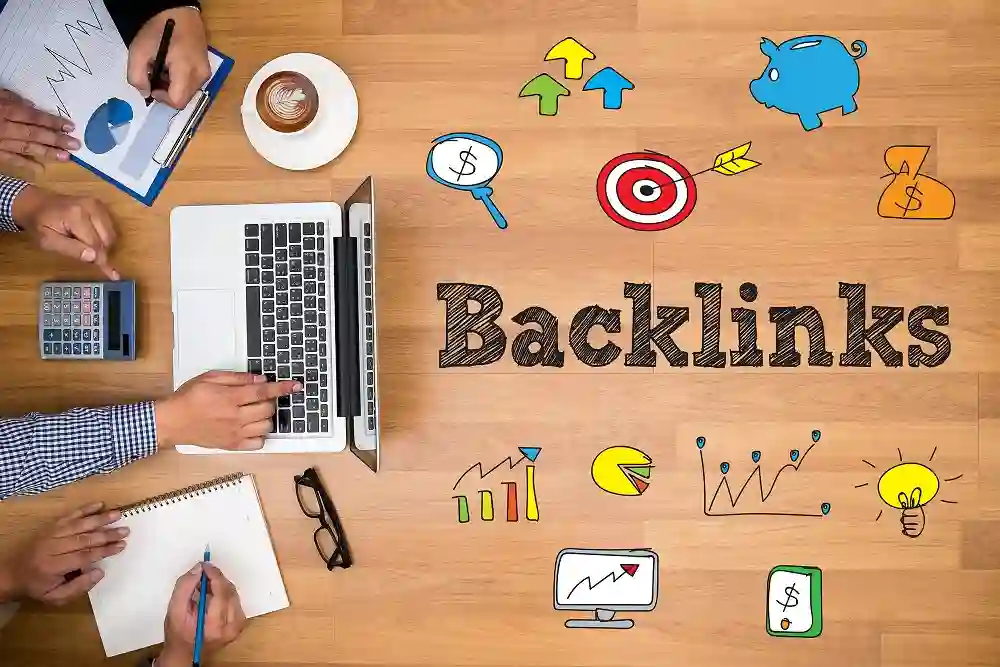In the intricate world of search engine optimization (SEO), backlinks are a double-edged sword. While high-quality backlinks can significantly boost a website’s authority, the presence of low-quality or spammy backlinks can lead to severe penalties from search engines. If your website has fallen victim to backlink penalties, it’s crucial to take immediate and strategic action to recover. In this step-by-step guide, we’ll explore the process of recovering from backlink penalties and restoring your website’s search engine rankings.
Step 1: Identify the Penalties:
Before you can embark on the journey of recovery, it’s essential to identify the type of backlink penalties affecting your website. Google Search Console is a valuable tool for this purpose. Review the manual actions section to identify any manual penalties imposed by Google. Additionally, monitor your website’s performance, rankings, and organic traffic to detect algorithmic penalties.
Step 2: Conduct a Comprehensive Backlink Audit:
Perform a thorough backlink audit to identify and assess the quality of all backlinks pointing to your website. Utilize reputable SEO tools such as Ahrefs, Moz, or SEMrush to analyze the link profile. Look for patterns such as a high volume of low-quality links, unnatural anchor text distributions, or links from irrelevant and spammy websites. Identify the specific backlinks that may be triggering penalties.
Step 3: Remove or Disavow Toxic Backlinks:
Once you’ve identified the problematic backlinks, take immediate action to remove or disavow them. Reach out to webmasters of the linking domains and request the removal of the toxic links. Keep a record of your outreach efforts, including emails and responses. For links that cannot be removed manually, use Google’s Disavow Tool to disassociate your website from those particular backlinks.
Step 4: Strengthen Your Content and On-Page SEO:
While addressing backlink issues, focus on strengthening your website’s overall content and on-page SEO. Ensure that your content is high-quality, relevant, and aligns with search engine guidelines. Optimize on-page elements such as title tags, meta descriptions, and header tags. A well-optimized website with valuable content is more likely to recover from penalties and regain search engine trust.
Step 5: Implement a Robust Content Strategy:
Develop and implement a robust content strategy that emphasizes quality and relevance. Create content that addresses the needs and interests of your target audience. Publishing valuable, shareable, and link-worthy content can contribute to natural link-building, helping to offset the impact of toxic backlinks. Regularly update and expand your content to demonstrate ongoing relevance and authority.
Step 6: Monitor and Document Changes:
After taking corrective actions, closely monitor the performance of your website. Track changes in search rankings, organic traffic, and user engagement metrics. Document the improvements and any positive impact on your website’s health. Regular monitoring is essential to ensure that your recovery efforts are effective and that your website is on the path to restoration.
Step 7: Submit a Reconsideration Request:
If your website has received a manual penalty, and you have successfully addressed the issues, it’s time to submit a reconsideration request to Google. Clearly document the steps you’ve taken to rectify the backlink issues, including evidence of removal or disavowal efforts. Provide a detailed explanation of the changes made to improve the quality of your website and its compliance with search engine guidelines.
Step 8: Build High-Quality, Natural Backlinks:
As you recover from backlink penalties, focus on building high-quality, natural backlinks. Engage in ethical and strategic link-building practices that align with search engine guidelines. Seek opportunities for guest posting, collaborations, and outreach to reputable websites within your industry. Gradually rebuilding a strong and diverse backlink profile will contribute to the sustained recovery of your website.
Step 9: Educate Your Team and Stakeholders:
Ensure that your team and stakeholders are educated about the importance of adhering to ethical SEO practices. Emphasize the risks associated with manipulative link-building tactics and the long-term benefits of building a sustainable and credible online presence. Establish clear guidelines and protocols to prevent future issues and maintain a healthy backlink profile.
Step 10: Stay Informed About SEO Best Practices:
The landscape of SEO is dynamic, and search engine algorithms continually evolve. Stay informed about the latest SEO best practices and algorithm updates. Regularly review search engine guidelines to ensure ongoing compliance. Being proactive and adaptive to industry changes will contribute to the long-term success and resilience of your website in the digital landscape.
Conclusion:
Recovering from backlink penalties requires a strategic and systematic approach. By identifying, addressing, and documenting the steps taken to rectify the issues, you can navigate the path to recovery. Strengthening your website’s overall content, optimizing on-page elements, and building high-quality, natural backlinks are integral components of the recovery process. As you implement these steps, remain vigilant, stay informed about SEO best practices, and foster a commitment to ethical SEO within your organization. With dedication and persistence, your website can emerge stronger, more resilient, and on the path to sustained success in search engine rankings.


